Fifteen Minutes of Fame
The Crane Harp Ensemble
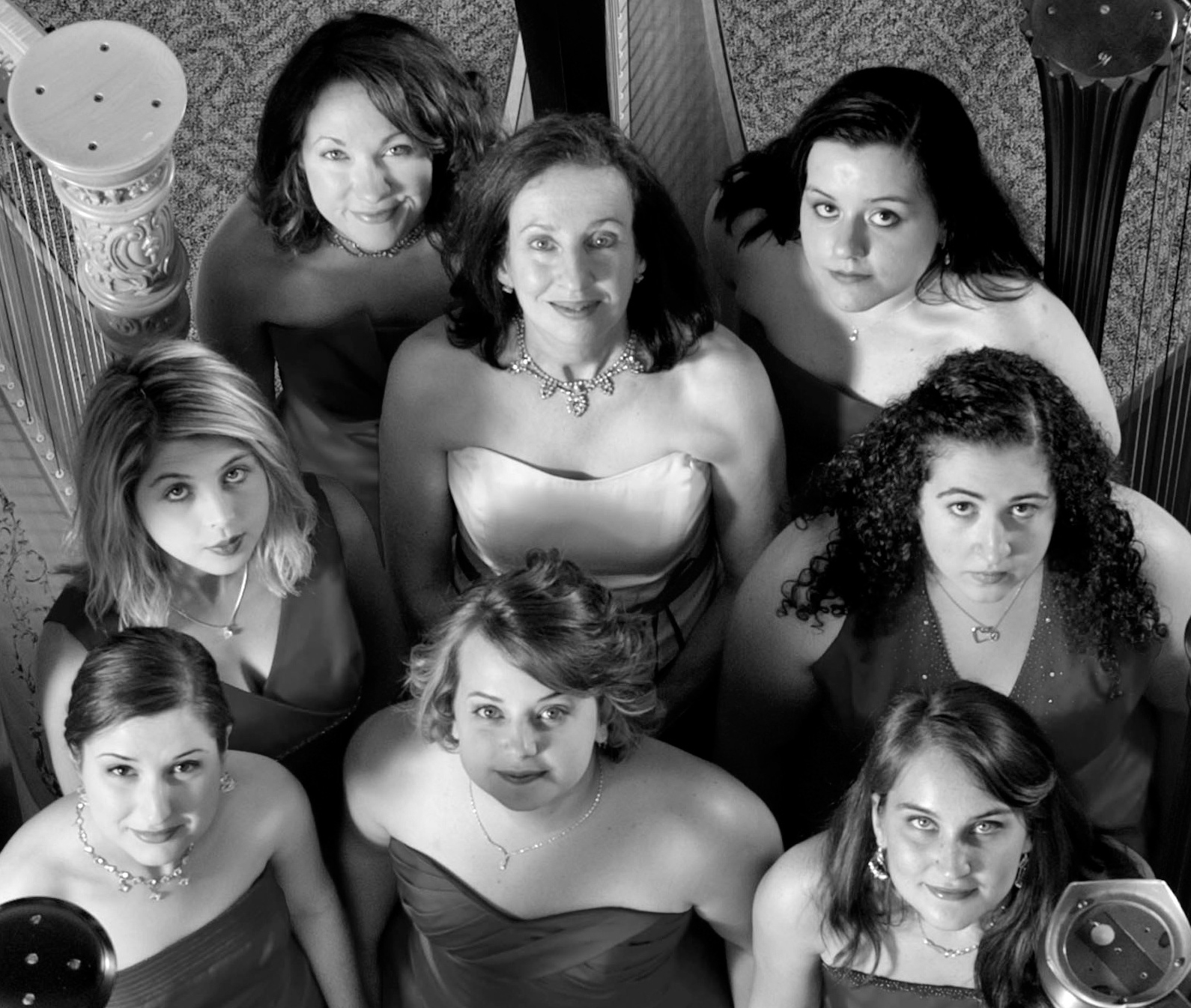
The Crane Harp Ensemble celebrates its fifteenth season with Fifteen Minutes of Fame. Founded in 1999 under the direction of Dr. Jessica Suchy-Pilalis, Professor of Harp and Music Theory at the Crane School of Music, SUNY-Potsdam, the ensemble enjoys playing new and unusual music for multiple harps. The Crane Harp Ensemble performs harp duos, trios, quartets, etc. and gives at least one formal concert each semester. The ensemble includes students as well as members of the surrounding community. The Crane Harp Ensemble is directed by Dr. Jessica Suchy-Pilalis, professor of harp and music theory. For this performance of Fifteen-Minutes of Fame, the Crane Harp Ensemble is comprised of seven collegiate harp majors: Katherine Berquist, Emily Chevrette, Mikaela Davis, Katherine Federiconi, Gillian Macchia, Kelsey Munz and Anna Wiegandt.
Concert Dates
- November 5th at 7:30 pm - Snell Hall, Crane School of Music - Potsdam, New York
Live video streaming accessed at
http://www.potsdam.edu/academics/Crane/streaming/index.cfm - November 8th at 7:30 pm - Brighton Town Hall Auditorium - Rochester, New York
- November 9th at 2:30 pm - Calvary Methodist Church- Latham, New York (Albany area)
- November 10th at 1:00 pm - Jan Hus Church - New York City
- November 10th at 4:00 pm - Church of the Heavenly Rest - New York City
15 one-minute selections for The Crane Harp Ensemble
-
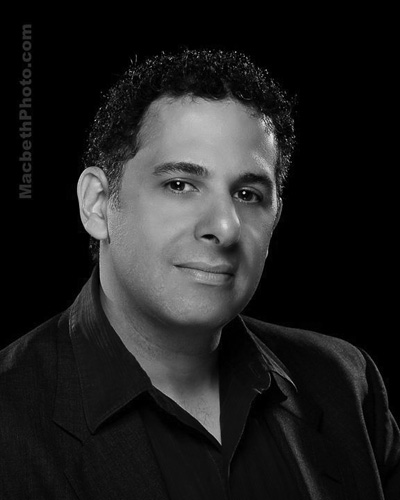
The Mourning Lough
Erik Branch
Erik Branch is a native of New York City, and received a BA and MA in Music (Composition) from Hunter College. He lives near Orlando, Florida, where he is active as a pianist, musical director, composer/arranger, opera chorister, and actor on stage and screen.
“The Mourning Lough” (“lough is an Anglo-Irish form of “loch”) takes its inspiration from the beautifully misty and melancholy realm of Irish balladry, particularly J.J. Callanan’s marvelously romantic poem, “The Outlaw of Loch Lene,” as well as the long tradition of harp-playing of the Emerald Isle.
-

The Randomly Opened Book
Inna Buganina
Inna Buganina lives in Ulyanovsk, Russia. She worked as a teacher, a journalist. She took lessons in vocal from Ulyanovsk teacher Igor Asanov and composer and teacher Stanislav Stankevich. In recent years she studies composition under supervision of the russian cellist and composer Vsevolod Youdenitch.
Is there a place for fairy tales today? Of course it is! Even if you forgot that fairy tales may occur, one day you will open a randm book... and will get into magical world at once - host of bright images will arise from pages like flock of butterflies. And the music is about that.
-
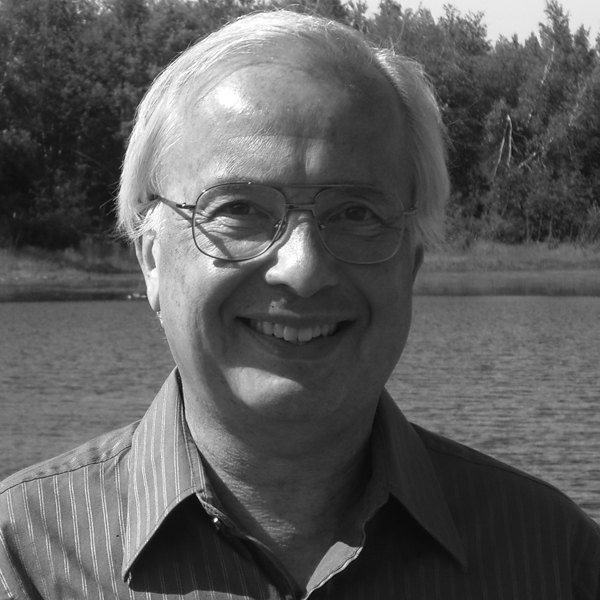
Sprung
David Heinick
David Heinick’s (born 1954) music has been performed throughout the United States and Europe, broadcast on NPR, the CBC, and the BBC, and included on recordings on the Albany Records and Clique Tracks labels. He teaches at the Crane School of Music at SUNY-Potsdam.
A dancer has sprung into the air! Spring has sprung! A convict has sprung the joint! An exuberant energy, suddenly uncoiled.
-

Carnivorous Chase
Elbert Liu
Elbert Liu (b. 1988) received his Bachelor's and Master's Degrees from the University of Southern California. He participated in the Boston University Tanglewood Institute and the Bowdoin International Festival of Music, and will become a doctoral student in the University of Missouri in Kansas City in the fall of 2013.
The annotation "Carnivorous Chase" is the closest that characterizes the nature of this piece: wild, turbulent, and urgent. To supplement this particular image, the pedalings of the 3 harps are set so that one is set at all naturals, another at all flats, and the third at all sharps.
-
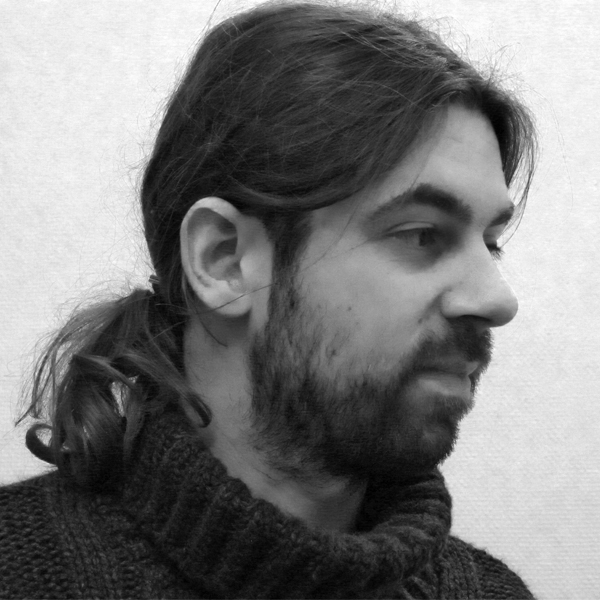
L'appel de la foret
Martin Loridan
Martin Loridan is a French composer. He is graduated from the Conservatoire national supérieur de musique et de danse de Paris (CNSMDP). His works include chamber, orchestral and vocal music, as well as film-music, arrangements and orchestrations, and have been performed throughout Europe and America by various orchestras and ensembles.
L'appel de la foret is a short piece, written for harp ensemble. It has an impressionist and romantic fell, and evokes the forest through a melancholic complainte, to be played freely, quasi improvised-liked, with much emotion. It was written in 2013 for The Crane Harp Ensemble.
-
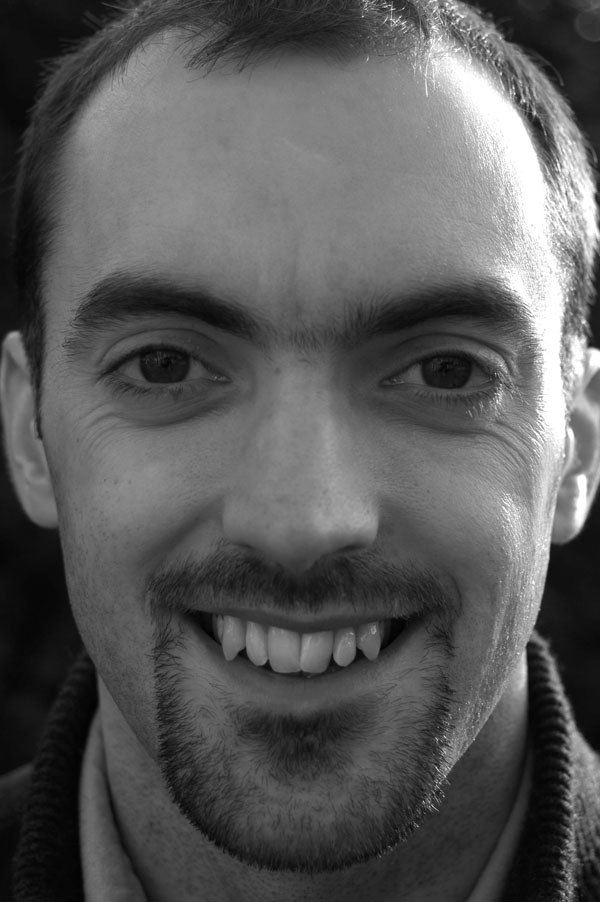
Gamma Rays
Roger May
Roger May is a British composer and orchestrator, and has had his compositions played by the Bournemouth Symphony Orchestra and National Symphony Orchestra. His music has won numerous awards and been played in both the UK and USA, and has also been performed throughout Europe and Asia. Further details at www.rogermay.co.uk.
The title Gamma Rays was arrived at after the composition, and came from the energy of a bright, vibrant work. I have explored more harmonic variation in this work than in previous music for harp to create a more challenging (but hopefully playable!) short burst of colour.
-
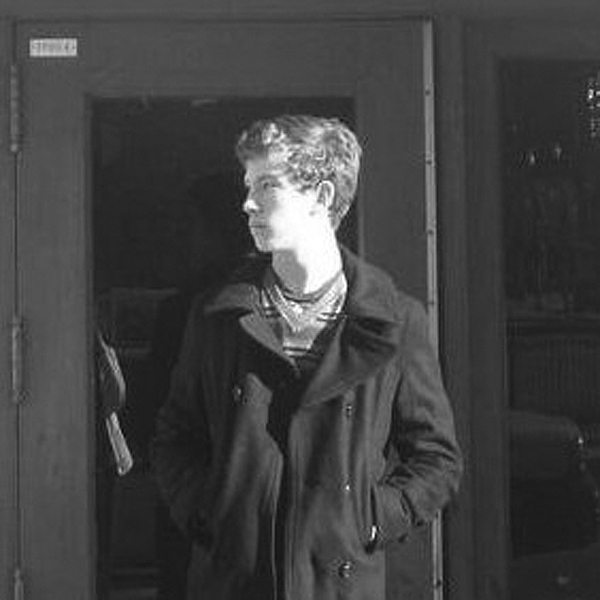
Harp Music
Buck McDaniel
Buck McDaniel, a native of Columbia, Mississippi, is currently studying music composition with Dr. Andrew Rindfleisch at Cleveland State University in Cleveland, Ohio. He holds the position of Parish Organist at Bethlehem Lutheran Church in Cleveland Heights, and performs with the Trinity Chamber Singers at Trinity Cathedral in downtown Cleveland.
Harp Music is a short, rhythmic piece that hopefully communicates its own certain spunk. In it I hear the downtown gait, the rush-hour hustle, or the frantic gallop. It was written in the winter of 2013 and is dedicated to the Crane Harp Ensemble.
-
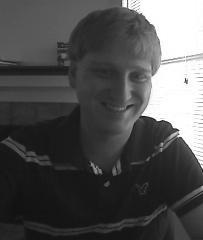
Modal Fixture
Michael Mikulka
Michael Mikulka is the founder of newbandmusic.com, which catalogs and promotes unpublished wind band literature. He is currently pursuing his DMA at the University of Texas. You can hear much more of his music at http://www.michaelmikulka.com
"Modal Fixture" assigns each harpist an independent set of pitches, which gradually rotate. Notes from these pitch sets combine to form motivic material: these sets are at first treated independently, then work in pairs, which eventually end up forming opposing octatonic scales before returning to the opening harmonic language.
-

Through Letchworth Park, Briskly
Akmal Parwez
While studying electronics in Tokyo on a Japanese Government scholarship, composer-vocalist Akmal Parwez studied composition with Yasushi Akutagawa and Klaus Pringsheim. After completing his university studies (B.E., M.E.), he felt compelled to devote his life to composing, singing and teaching music. In the U.S. he studied composition with Florence Jolley, Leo Kraft, Samuel Adler(M.A., Queens College; Ph.D., Eastman School of Music).
Letchworth State Park, in Upstate New York, is called the 'Grand Canyon of the East' for its stunning scenery. The music recalls an invigorating walk through the park I experienced one spring with some friends while a student at the Eastman School of Music. It can be thought of as an animated conversation among a quartet of friends on one of the magnificent trails of the park.
-

Tiger Tiger
Robert Percy
Robert Percy is a London-based composer. His music, for a wide variety of idioms, has been performed extensively in the UK, as well as in Europe and the United States. Robert gained his PhD in composition at City University, London, where he currently lectures in orchestral and instrumental studies.
Tiger Tiger traces the reduction in the global tiger population since 1970 as estimated by the WWF. A sequence of twelve descending pitches reduce, gradually, to one. One pitch represents 3,200 tigers; the current estimate. Hence, the initial twelve pitches equal 38,400 tigers, which is the approximate estimate for 1970.
-
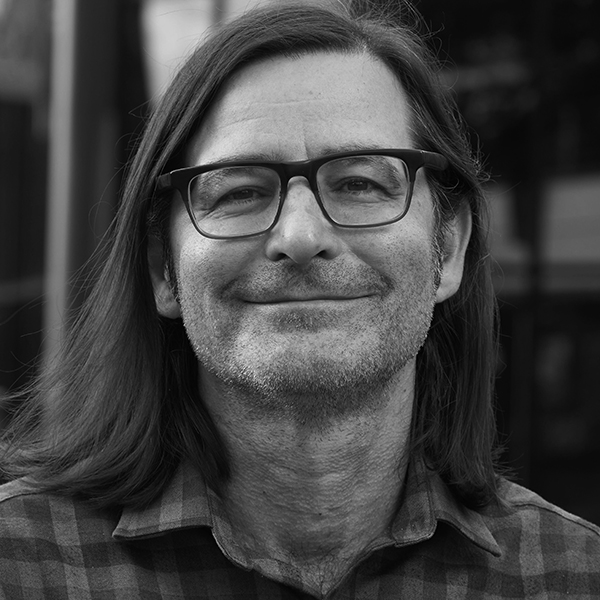
Sisters
Edward Ruchalski
Edward Ruchalski has been commissioned by the Bang on a Can All-Stars, Helen Boatwright, and Syracuse's Society for New Music. His compositions have been performed at Lincoln Center, Mass MOCA, and at the Festival of Miami. Ruchalski is the Visiting Assistant Professor of Music at Le Moyne College, Syracuse, NY.
Sisters is dedicated to The Crane Harp Ensemble.
-
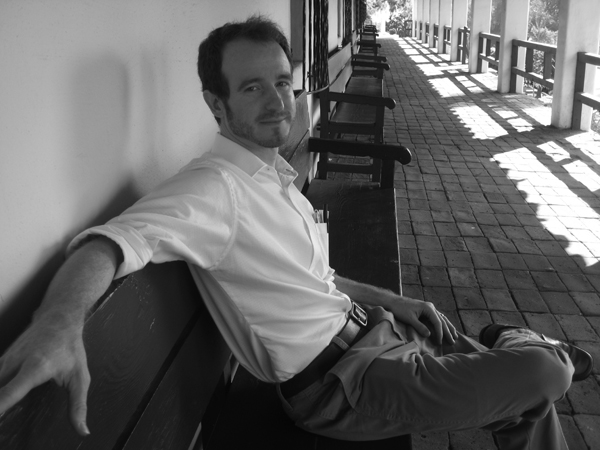
Cloud Study No.1, Summer in Bariloche
Curtis Nathaniel Smith
Curtis Nathaniel Smith (b.1983) is a composer and instructor living in the Dallas Fort Worth area. His music encompasses an amalgamation of styles ranging from rock to contemporary art music and has been described as scientific, explorative, lyrical, energetic, fun, and elegant.
This work aims to capture a warm summer morning by lake Nahuel Huapi in Bariloche Argentina. I lived and Argentina from 2003-2005 and spent about four months in Bariloche. The lake effect would generate sudden storms, beautiful clouds, and unexpected rainbows.
-

Jessica’s Tango
Gregoria Karides Suchy
Gregoria Karides Suchy, award-winning composer and University of Wisconsin-Milwaukee Professor Emerita of Composition and Technology, is often inspired by the music of her Greek heritage. Performances of her compositions include those by the Milwaukee Symphony Orchestra (American Composers Festival) and the International Society of Contemporary Music.
Jessica’s Tango is inspired by treasured memories of many wonderful hours spent on the dance floor with my late husband, Raymond W. Suchy
-
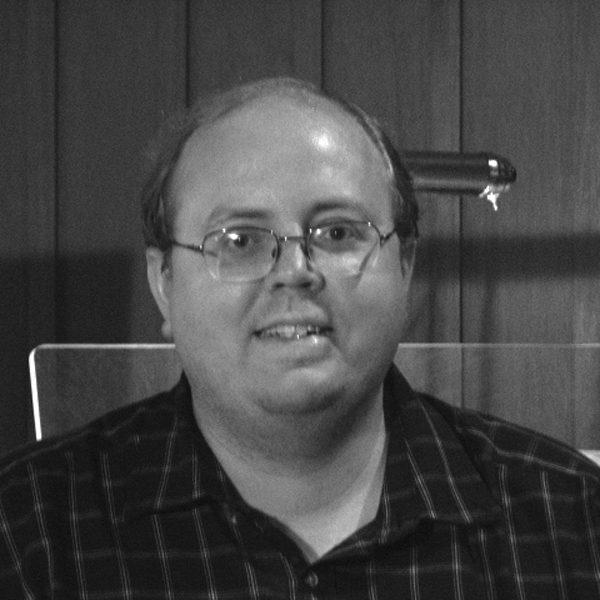
A Thick Tapestry
Christopher M. Wicks
Christopher M. Wicks holds a MM in composition from the University of Montreal, where he studied under Isabelle Panneton. He is a Fellow of the American Guild of Organists, the highest level of professional certification offered by that organization. He is the organist at Christ the Good Shepherd Lutheran Church in Salem, Oregon.
A Thick Tapestry, for harp ensemble divided in threes, seeks (according to its title) to weave a thick tapestry of sonorous plucking. It contains many of the arpeggios and triads which harpists love to play, and also increases gradually both in volume and in the number of sharps in the music, creating a shifting modal profile while lending itself well to the demands of the harps' pedals. It makes me think of vividly colored Renaissance tapestries such as abound at the Musee du Louvre.
-
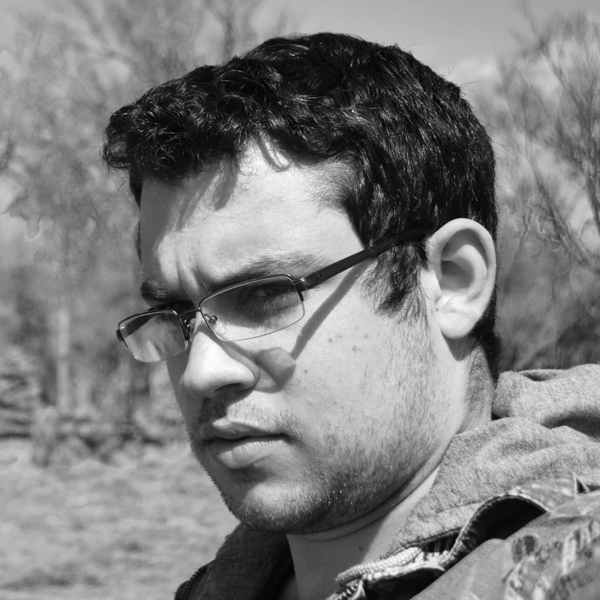
Tailfeather
Zuke
Zuke is a composer from Platte County, Nebraska. He enjoys organizing sound that evokes thoughts and feelings not present in most music. He currently studies at the University of Nebraska in the studio of Dr. Damon Lee.
Tailfeather. This was composed specifically for the Crane Harp Ensemble. The harps work together to quickly grow the piece to a labyrinth of hidden and overlapping melodies. The low drones that echo throughout remind us that this tailfeather belongs to a darker creature.